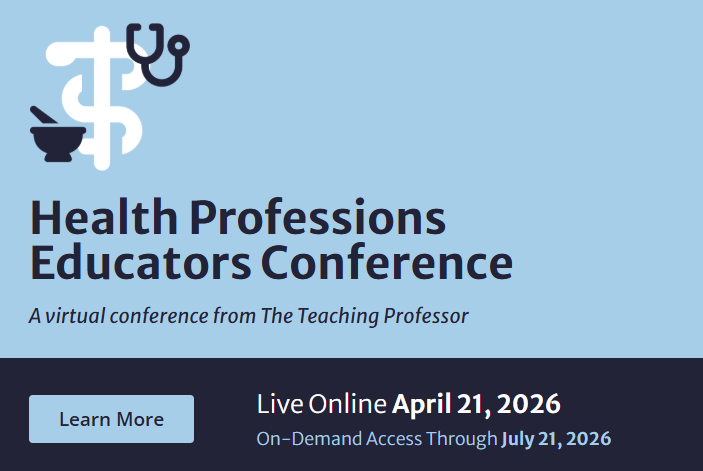
Collaborative Online International Learning: Using Technology to Connect Classrooms around the World
Over the past half century, colleges and universities have prioritized students’ global awareness and intercultural communication skills as institutional outcomes. The goal is that graduates will be prepared to contribute to diverse workplaces and be able to communicate with people from different cultures. Historically, these











